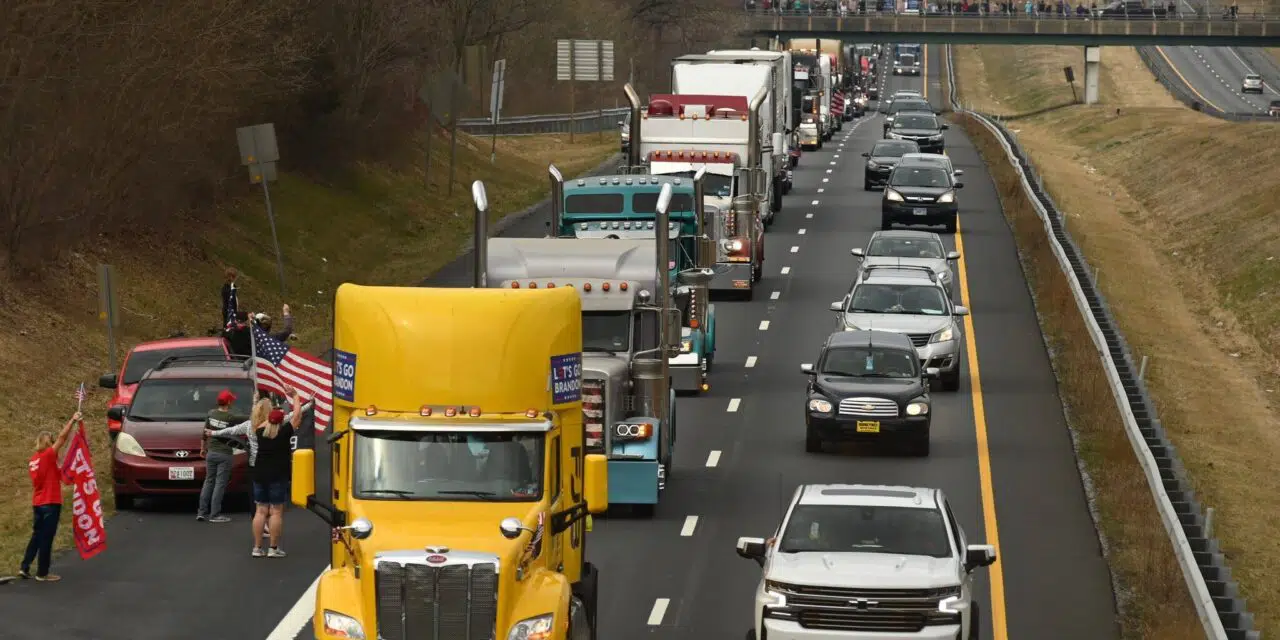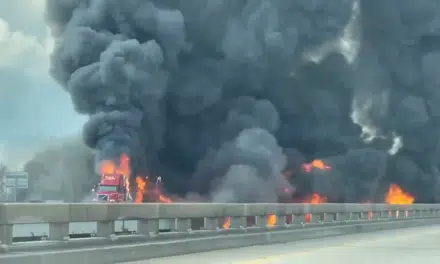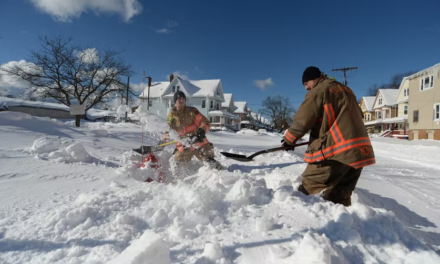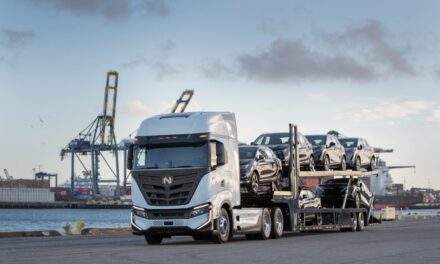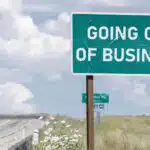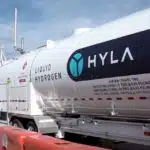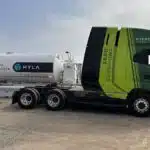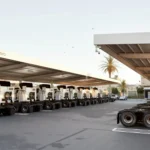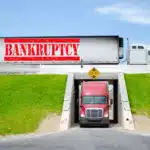The convoy slowed traffic for hours outside of the capital before dissipating in the afternoon.
WASHINGTON, D.C. — Hundreds of cars, headed by a group of truckers, surrounded the nation’s capital on Sunday, causing traffic congestion outside the city for hours by driving at reduced speeds to protest Covid-19 regulations.
The convoy of vehicles — which included dozens of trucks, minivans, motorcycles, pickup trucks, and hatchbacks, many with “Freedom” signs — aimed to complete two loops on Interstate 495, the Capital Beltway’s 64-mile highway, before returning to a staging area in Maryland, with plans to potentially ramp up the demonstration in the coming days. However, the vehicles appeared to be so dispersed the second time through that the traffic resembled that of a weekday morning commute until clearing up in the afternoon.
Although it was uncertain whether the caravan would arrive in Washington, D.C. this week, organizers said they did not want people to drive into the city on Sunday for concern that some members would convert it into a chaotic event similar to the Jan. 6 Capitol attack. They also hoped to avoid a confrontation with law authorities following the arrests of dozens of protesters in Ottawa, Canada’s capital, last month.
Despite being a “fluid and unpredictable event,” Christopher Rodriguez, the head of the District of Columbia Homeland Security and Emergency Management Agency, said the demonstration did not cause any serious interruptions to the city’s transportation lines on Sunday.
He went on to say that the local authority was warning people to expect more traffic in the area, and that other convoys from around the country would be joining in the coming days. The city’s request to extend National Guard resources until Wednesday was also approved, and 249 men and 15 heavy vehicles are still on standby to assist with any road disruptions. No citations were issued, according to Mr. Rodriguez, and no tickets were given to members of the convoy, according to a Virginia State Police spokeswoman.
The People’s Convoy, which organized the caravan, has been calling for an end to the national emergency imposed by former President Donald Trump in March 2020 and recently extended by Vice President Joe Biden. Protesters have also demanded congressional probes into the outbreak’s origins, as well as the repeal of government regulations requiring masks and vaccinations. However, many states in the United States have already begun to relax restrictions as the number of cases and deaths from the virus has decreased.
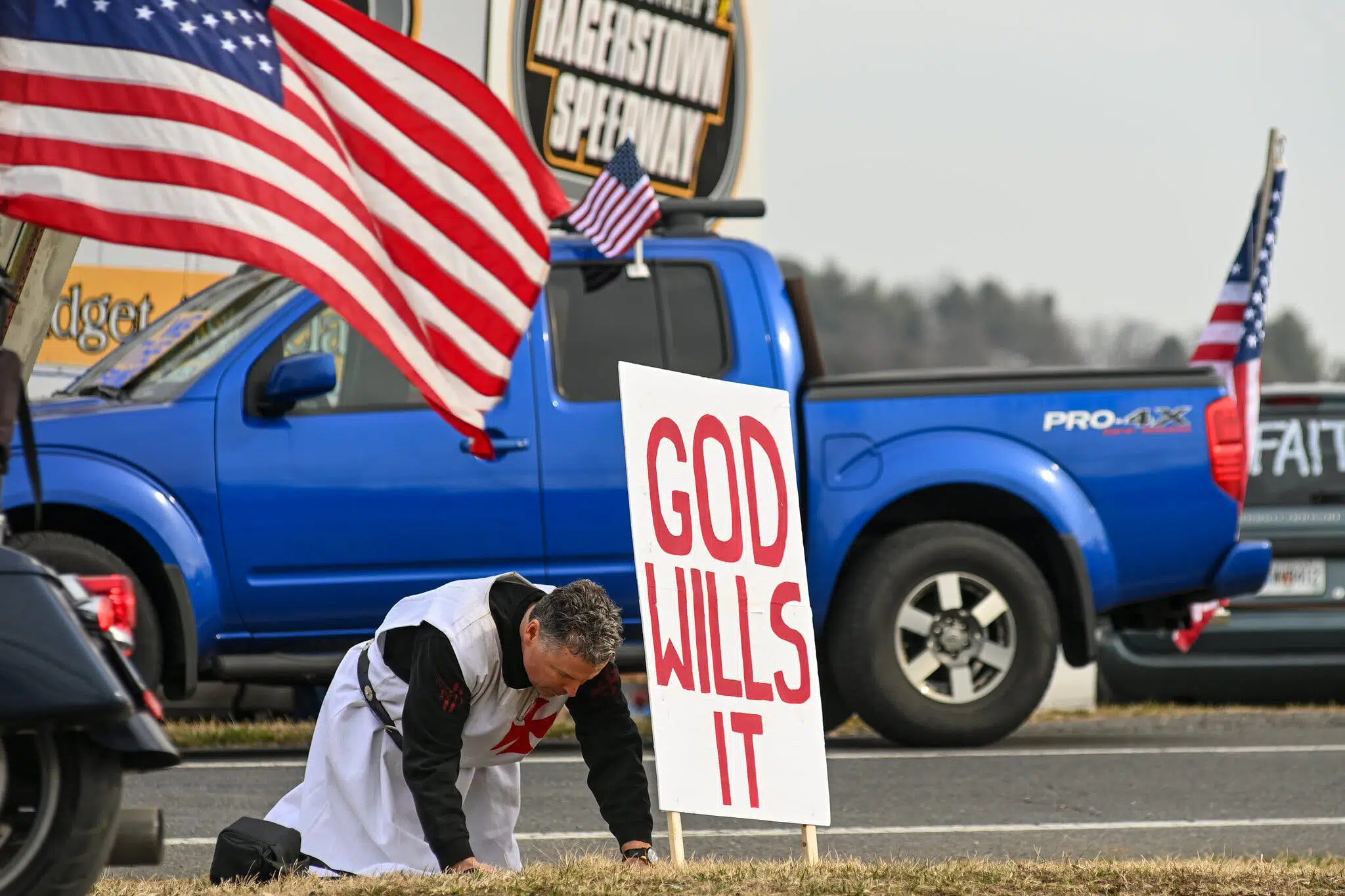
In late February, the Centers for Disease Control and Prevention announced new recommendations indicating that the great majority of Americans may no longer need to wear masks. Vaccine mandates, according to many medical professionals, are helpful in getting more individuals to receive their doses, which is critical in preventing the spread of the virus.
Despite the fact that the People’s Convoy was one of the numerous groups inspired by the three-week-long Canadian protests against pandemic measures, many of its members looked to be affiliated with far-right organizations and activists. The People’s Convoy shared a supporting message from a major QAnon user on its official Telegram channel on Saturday.
The convoy set out from Adelanto, Calif., on Feb. 23 with the intention of ending the protest in the Washington region. The truckers gathered with other drivers and supporters at a racetrack in nearby Hagerstown, Md., approximately 70 miles northwest of the capital, on Saturday.
On Sunday morning, as the caravan made its way from the Hagerstown Speedway to the interstate, a five-mile twisting road was lined with people waving flags.
The caravan, which was moving east on Interstate 70 between Hagerstown and Frederick by late morning, has caused severe traffic delays. There was a collision, although it was not obvious what caused it. At other times, cars came to a complete stop and waved flags. A handful of Maryland State Police officers could be seen as the convoy slowly approached I-495, helping to take flags off the road in certain cases. Onlookers waving flags crowded many overpasses, however, some vehicles passing the convoy appeared agitated by the traffic.
The convoy continued to delay traffic in the early afternoon, but the cars were so dispersed — spanning five lanes — that the sensation of a huge presence dissipated, while the gridlock remained. Car speeds reached around 70 mph just before the vehicles reached I-495, but then traffic tightened again, with automobiles settling into a rolling backlog, traveling between 25 mph and less than 10 mph at times.
Despite the fact that there were fewer supporters of the convoy on later overpasses along the road, many still waved flags and held banners thanking the truckers or expressing support for Mr. Trump. The Maryland State Police had few vehicles on the road, but when the route crossed into Northern Virginia, there was a large police presence, with Virginia troopers in patrol cars and on motorcycles.
The first loop took nearly two hours to accomplish in total.
During the second circle, the convoy’s trucks appeared to have totally dispersed, and more counterprotesters arrived on overpasses, one brandishing a “Go Away” sign.
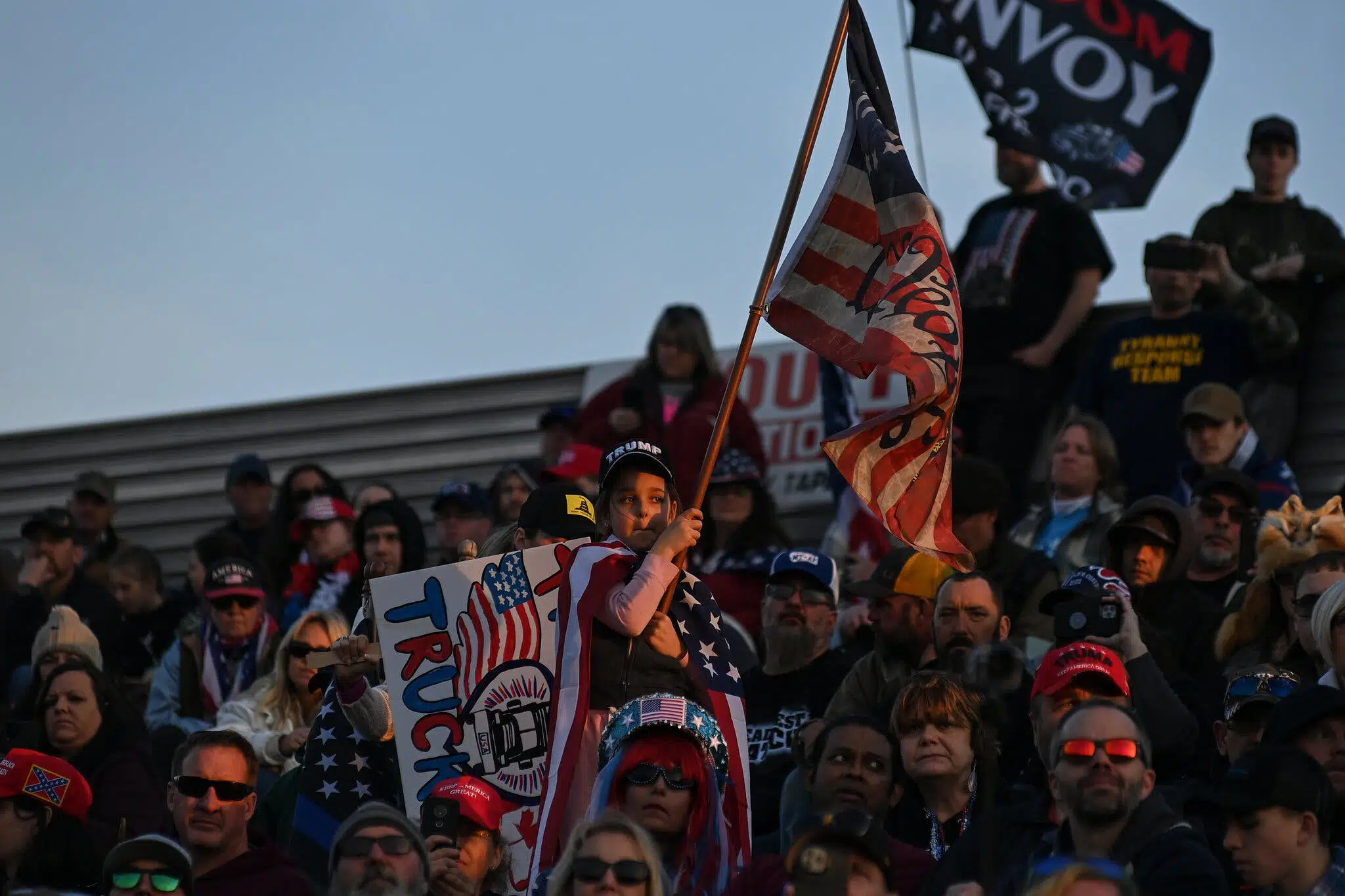

Steve Girard, 59, who joined the convoy in his 1998 white Chevy van about five days ago in Indiana, said he felt compelled to join the protest because he wanted to see the Covid-19 immunization and masking mandates repealed. Mr. Girard said that seeing some supporters waving at the group while on the road encouraged him, and he hoped that the demonstration would lead to discussions with parliamentarians and the lifting of the national emergency proclamation.
“There is no urgency,” said Mr. Girard, a Lancaster, Pa. resident. “Just because a politician says we have to get a shot doesn’t mean we have to get a shot.”
Mr. Girard expressed his displeasure with the fact that his 7-year-old granddaughter was required to wear a mask on the school bus.
“Is it really necessary for a child to wear a mask?” Mr. Girard expressed his thoughts. “Kids aren’t getting sick,” says the narrator.
According to the Centers for Disease Control and Prevention, at least 865 children under the age of 17 have died as a result of Covid-19, and more children were hospitalized during the spike caused by the highly transmissible Omicron variant than at any other time during the pandemic.
William Smink, 31, who goes from Baltimore to Washington on a regular basis, said the convoy had little effect on him. Mr. Smink, who works for a local television station, said that despite the fact that his drive, which usually takes 45 minutes, was delayed by the truckers and took an hour, he arrived at work on time.
“For the most part,” he continued, “they were quite respectful.” “They were allowing people move in and out of the lanes if there was adequate room between the trucks.” They were simply exceeding the speed limit.” He stated he’d go about half a mile before everyone slammed on their brakes. Then they’d crawl for another mile before traffic picked up again.
Before the protesters left early Sunday morning, one of the convoy’s organizers, Brian Brase, told a crowd of onlookers that they wanted to show “really how large we are.” Mr. Brase said the convoy had no plans to reach the capital “at this time,” but he did not rule it out.
“Nothing is going to be turned off today.” Mr. Brase explained, “We’re just going to do a convoy so they can see that we’re in their backyard and that we’re large.” “We’re doing this to show them that we mean business.”
Ron Dimaline, 67, a pastor and former coal industry worker from Pike County, Ky., joined the convoy two days ago in his dump truck. On Sunday morning, he expressed his dissatisfaction with the growing cost of gasoline and expressed his concern that the United States was heading into communism. However, anti-Covid efforts annoyed him the most.
“Leave them alone.” He advised, “If you want to wear a mask, wear a mask.” “I’ll keep my distance from you.”
